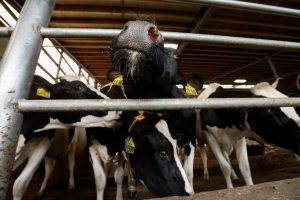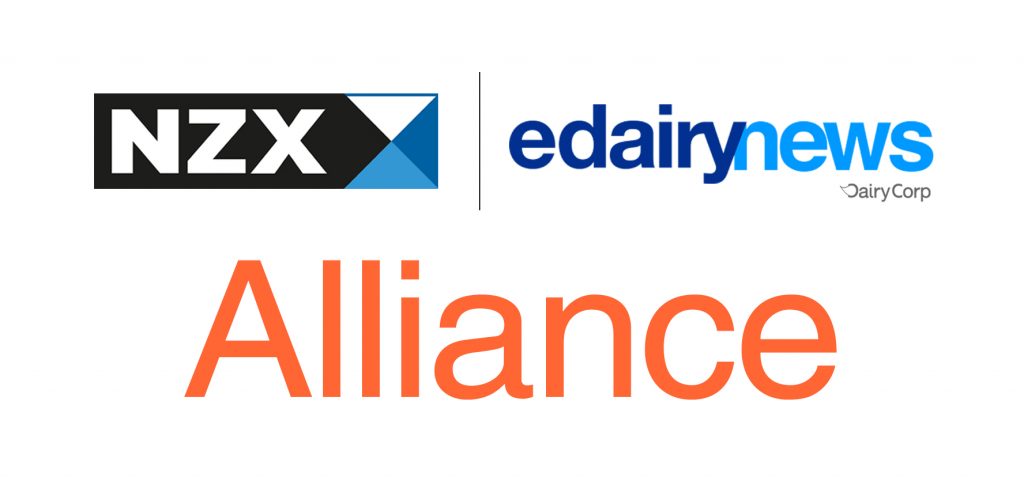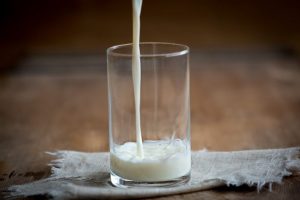Glacier FarmMedia – A recent outlook released by Farm Credit Canada says there’s room for optimism in the dairy sector.
“It has been a volatile few years for dairy producers, but 2024 is shaping up to be calmer — a return to a more normal environment, if you will,” FCC senior economist Graeme Crosbie said in a Feb. 7 FCC report.
Between increased production and slightly higher farmgate prices, “total farm cash receipts for the dairy sector are forecast to increase 3.7 percent this year” nationwide, and continued strong culled cow/bull calf prices in 2024 will provide an additional boost to farm profitability.
Elevated input costs and rising interest rates were the main factors behind shrinking dairy farm margins in 2023. Producers across the country hope for some relief in 2024.
FCC hosted its annual economic outlook panel presentation in Montreal Jan. 23, with director of industry relations Darlene McBain serving as moderator. In that session, chief economist J.P. Gervais tackled the dairy sector.
“Margins were under pressure last year,” he said, adding that rising interest rates were part of the reason. “A lot of dairy operations had to make investments and had to renew loans at much higher interest rates than maybe three or four or five years ago.”
But the biggest driver in suppressing 2023 margins was feed costs. Gervais showed a graph tracking dairy feed costs in Canada, with peaks in mid-2022 and early 2023, but declines since then.
FCC predicts dairy feed costs will drop almost to 2020 levels in early to mid-2024, rise again to 2021 levels in the fall, then decline again.
Crosbie pointed to the situation south of the border as evidence that feed cost stresses should ease over the next year.
“A record U.S. corn crop in 2023 sent corn prices tumbling to a three-year low, easing the burden on (dairy) producer feed costs, particularly in the East,” he wrote.
Gervais noted that on many dairy farms, “a plus or minus 10 percent change in feed costs can lead to a plus or minus 40 percent change in net profitability.”
Keeping a keen eye on feed efficiency and ingredient costs will remain important.
“Any operation that is able to … work with suppliers, gain a two to three percent efficiency in their costs — working through rations and so forth — would gain a lot.”
McBain said inflation and interest rates were top issues in 2023 across all of Canadian agriculture.
Dairy producers who are challenged by the cost of borrowing may find limited relief on the horizon and will be watching butter stocks and prices for cull cows and bull calves.
“Butter stocks are higher than they were at this time last year but are still low relative to recent history,” Crosbie observed.
“Low butter stocks leave little room for error (by milk allocation agencies) should production not meet anticipated demand and will be a key reason why more incentive day announcements may be forthcoming for P5 producers.”
With beef markets high, cull cows and bull calves represented an unexpectedly significant source of income on many dairy farms in 2023. According to more than one recent outlook, this should continue in 2024.
Drought in Western Canada hasn’t allowed prairie beef producers to take as much advantage of decreasing feed costs, leaving them unable to fill demand for animals. Some of the gap can be filled by calves from dairy farms.
You can now read the most important #news on #eDairyNews #Whatsapp channels!!!
🇺🇸 eDairy News INGLÊS: https://whatsapp.com/channel/0029VaKsjzGDTkJyIN6hcP1K
















